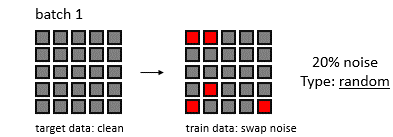In this article, they explore dimensionality reduction, a valuable tool for machine learning practitioners aiming to analyze vast, high-dimensional datasets. While t-SNE is a commonly used technique for visualization, its efficacy diminishes with large datasets and mastering its application can be challenging.
UMAP, introduced by McInnes et al., presents several advantages over t-SNE, including enhanced speed and better preservation of a dataset’s global structure. This article delves into the theory behind UMAP, providing insights into its functionality, effective usage, and a performance comparison with t-SNE.




